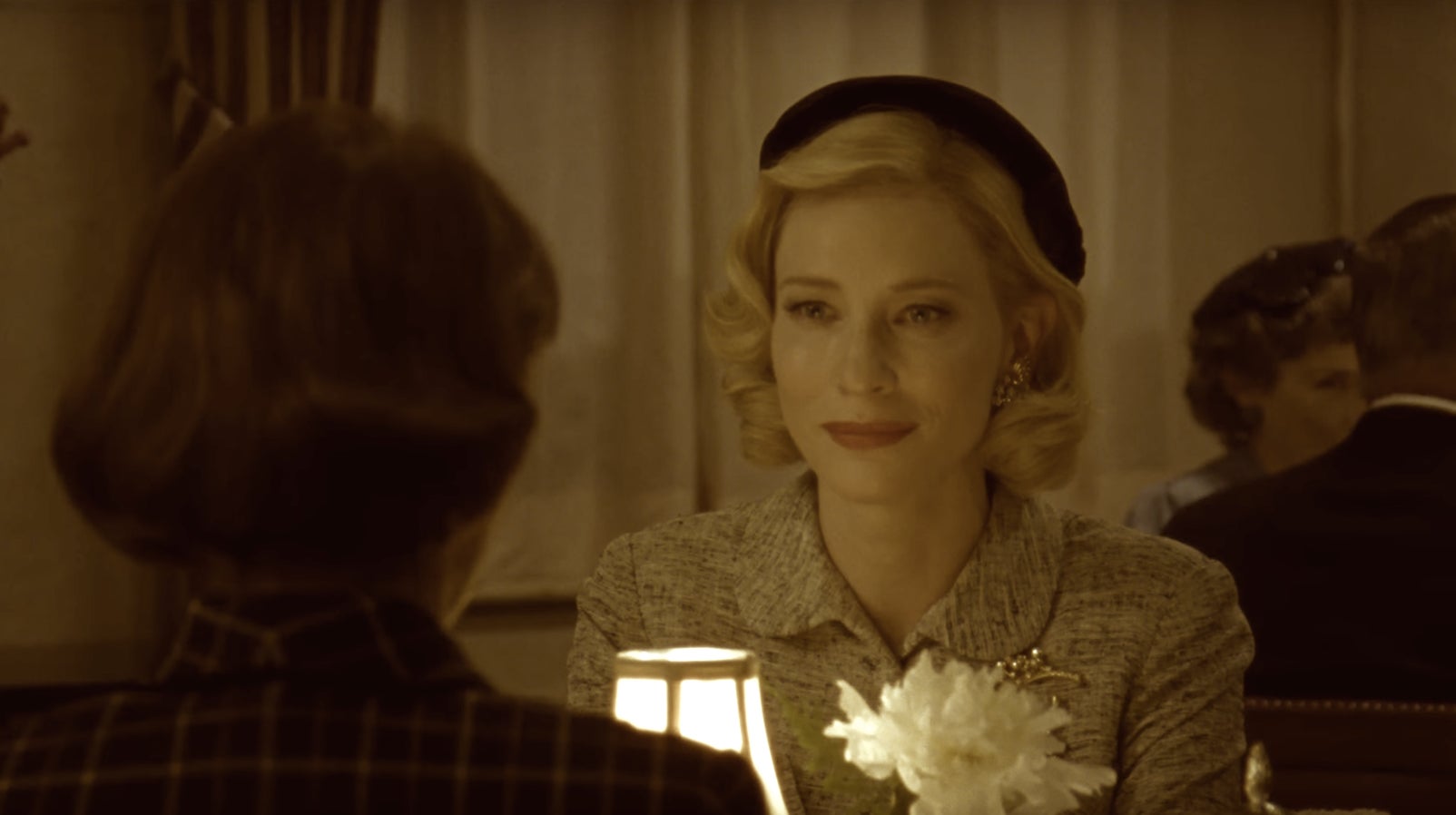2016’s biggest Oscar snub proves Hollywood overlords cannot deal with female sexual desire
This morning’s Oscar nominations have proved, once again, that the Academy of Motion Picture Arts and Sciences is deeply uncomfortable with women’s desire. Carol, arguably one of the greatest films of recent years and definitely the greatest lesbian-not-lesbian film of all time, was snubbed for both “Best Picture” and “Best Director” nominations. This despite the fact that it earned six other nominations, four of which went to women (Cate Blanchett for “Best Actress,” Rooney Mara for “Best Supporting Actress,” Phyllis Nagy for “Best Adapted Screenplay,” and Sandy Powell for “Best Costume Design”).


This morning’s Oscar nominations have proved, once again, that the Academy of Motion Picture Arts and Sciences is deeply uncomfortable with women’s desire. Carol, arguably one of the greatest films of recent years and definitely the greatest lesbian-not-lesbian film of all time, was snubbed for both “Best Picture” and “Best Director” nominations. This despite the fact that it earned six other nominations, four of which went to women (Cate Blanchett for “Best Actress,” Rooney Mara for “Best Supporting Actress,” Phyllis Nagy for “Best Adapted Screenplay,” and Sandy Powell for “Best Costume Design”).
Carol is a film centered around women’s desire. Based on Patricia Highsmith’s 1952 romance The Price of Salt, the movie explores Carol Aird and Therese Belivet’s undeniable passion and love for one another in a patriarchal world. In 1950s America, theirs is a world dominated by men: the power of their gaze and their sexual desires.
In contrast, director Todd Haynes, one of the best of his generation, structured the film to elevate the power of women’s gaze. In this regard, Carol flips convention: men’s roles are marginal and antagonistic, while women and their desires wield power. The film is about looking—looking as a woman, at other women. The power of the film is allocated and harnessed by women—by their gaze, and by their actions—for each other.
That the Academy—with a membership primarily comprised of older men—overlooked Carol in the “Best Picture” category suggests that it does not value women as subjects of desire. When it comes to women, it seems the Academy primarily recognizes their anger at the violence enacted upon them (Mad Max) and their trauma (Room). The Academy is able to acknowledge and see these emotions because they are the consequences of men’s actions. (Brooklyn, which features a female protagonist and also received a nomination for Best Picture, could be considered an exception. But its plot, which follows a woman trying to decide between two male suitors, is hardly revolutionary.)
In Mad Max and Room, men are the protagonists. Women, while they do fight back, are the victims. Carol, however, places women in positions of power—a lingering taboo for women, who are relegated and confined by men to remain in positions of powerlessness, oppression, and victimhood. Men overlook the film because they cannot see themselves in it. This unsurprisingly correlates with Hollywood’s dearth of women in front of and behind the camera. Men need to see themselves in a movie in order to feel they are able to capitalize upon it.
By the numbers, Carol was one of the most critically acclaimed films of the year. According to Metacritic, it was the highest-scoring “best-reviewed film of 2015.” Adding a bit of insult to injury, the Academy only nominated eight films for “Best Picture,” two less than the maximum of ten nomination spots allocated for the category.
“Shutting the film out of the ‘Best Picture’ and ‘Best Director’ categories while acknowledging that the two leads were stellar enough to get nods is nonsensical as it is catering to Hollywood’s long perception that lesbians are for titillation, a la Sharon Stone’s panty-less pose in Basic Instinct,” Curve magazine senior politics editor Victoria Brownworth tells Quartz. “The women in Carol desire only each other. There’s no room for men—and we see the vengeful husband rebel against this notion. Unfortunately the Academy reprised his role: no nom for you, Carol.”
Yes, to quote esteemed LGBT rights activist Urvashi Vaid, “lesbian content is the kiss of death.” But we must remember that the root of homophobia is sexism—the fear of the feminine, whether embodied by a man or a woman. The pointed omission of Carol from the “Best Picture” category demonstrates yet again how sexism operates in the world, and in the Academy specifically, as the refusal to see women as protagonists and agents of desire.